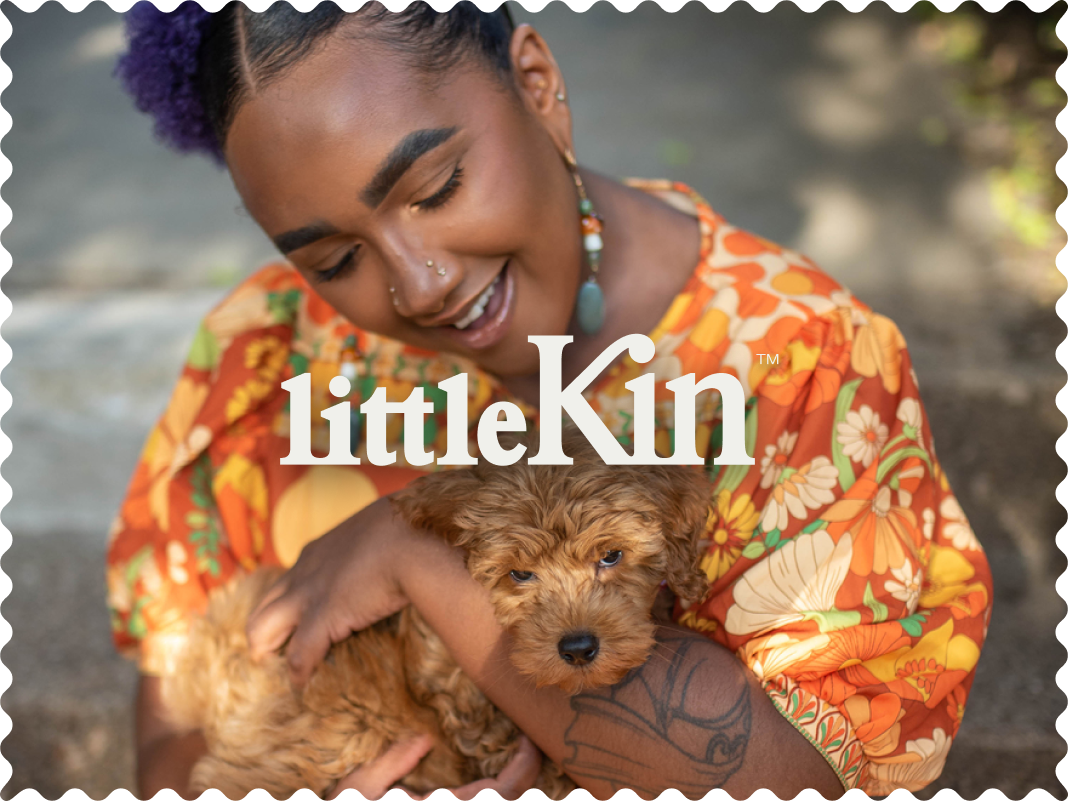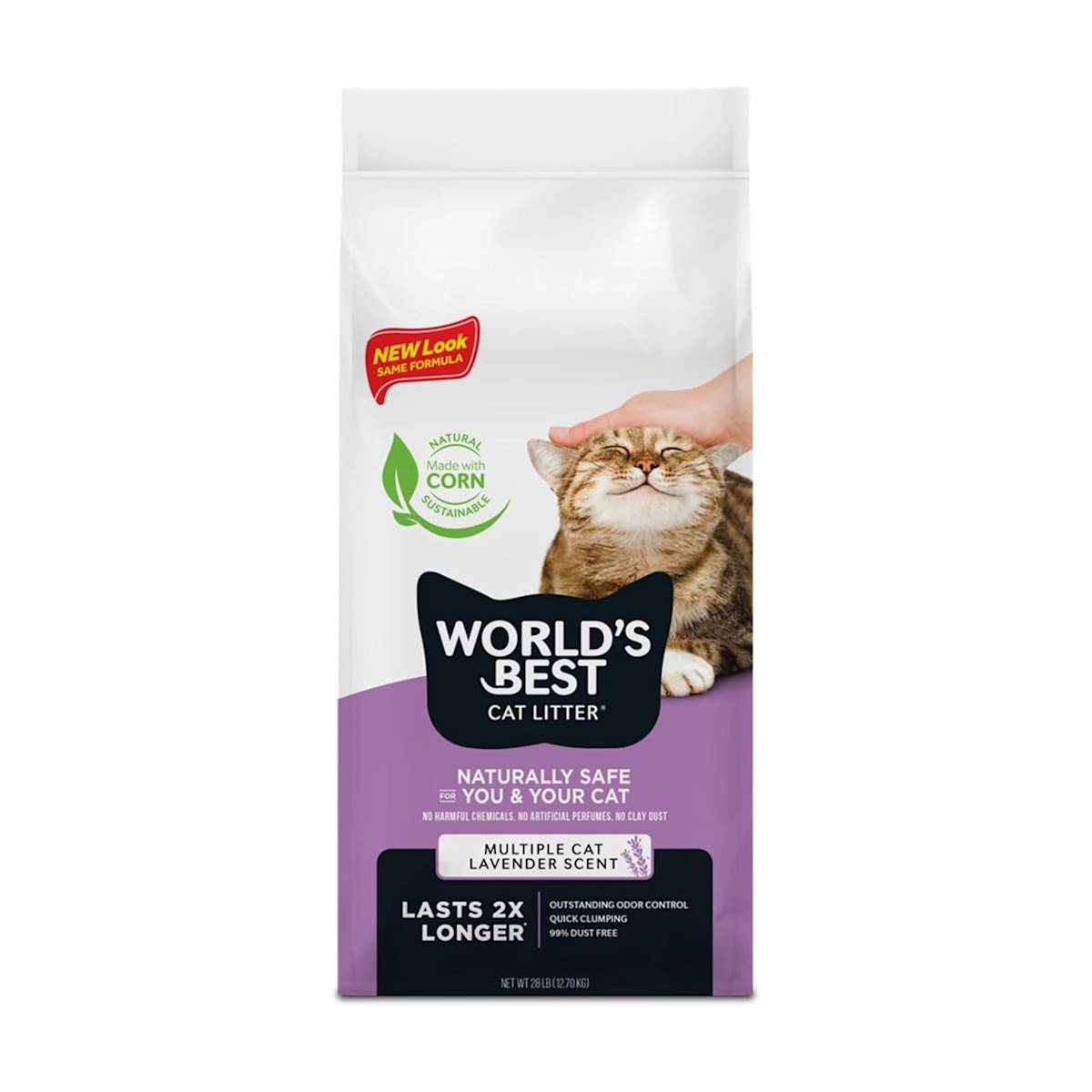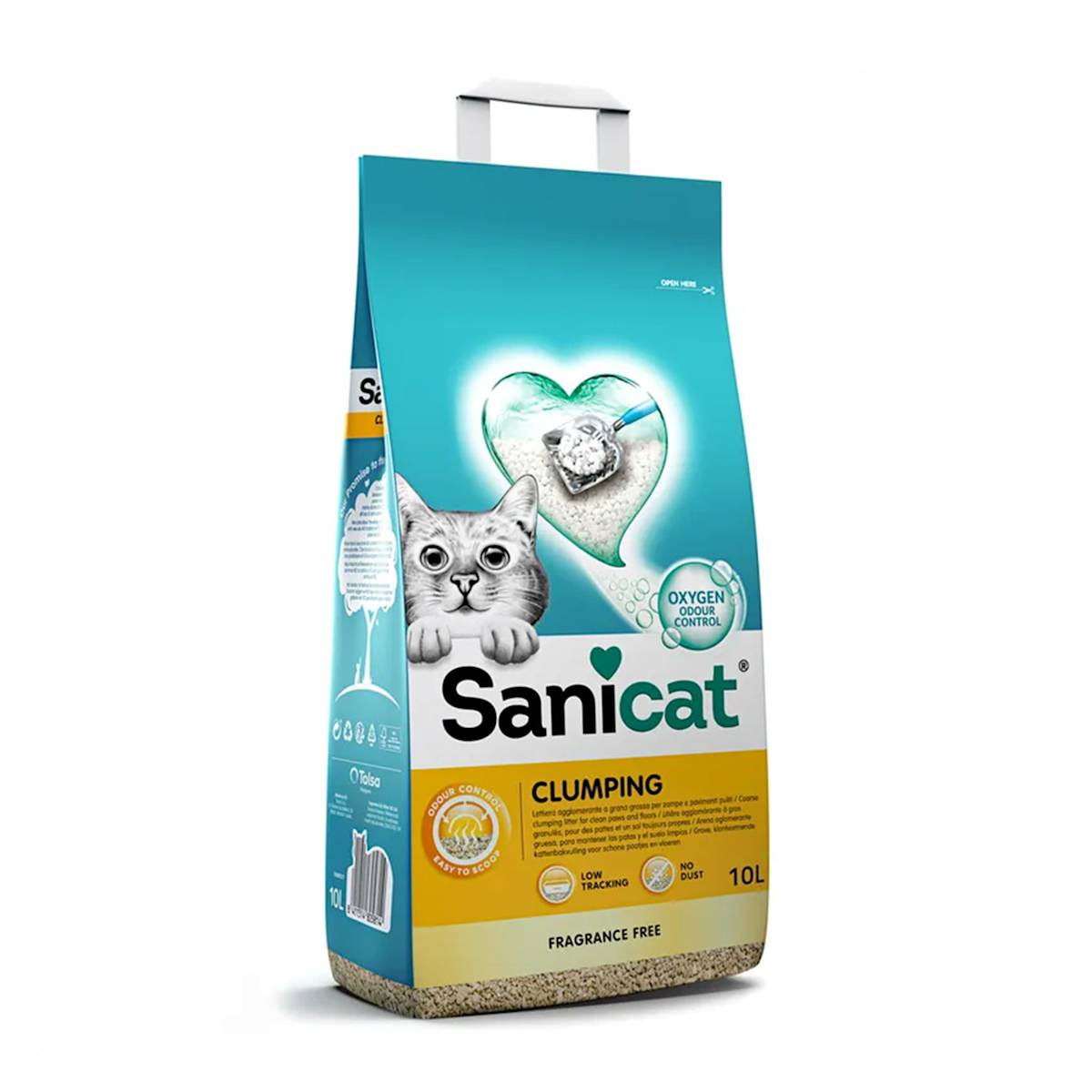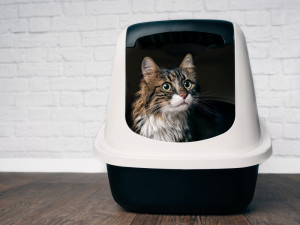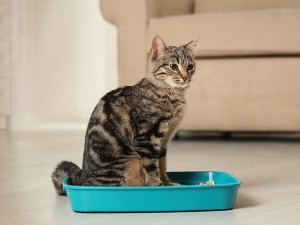The 6 Best Clumping Cat Litters in the UK
Keep costs and odours down
Buying cat litter is definitely not the most exciting shopping experience for a cat parent. Nevertheless, it’s a very important one. There are plenty of cat litters to cater to different needs, and it’s essential to choose the right one for the type of cat, or cats, we share our lives with.
The primary difference cat parents will face is the dilemma between clumping and non-clumping litter. The only real reason not to choose clumping litter is the age of your cat. If you have a kitten younger than four months, experts suggest avoiding clumping litter, as kittens may ingest it, possibly causing dangerous intestinal blockages. Other than that, it’s all a question of your cat and your personal preference.
As a general rule, clumping litters are easier to maintain, better for odour control and longer lasting than non-clumping ones, but there are differences between the various clumping litters on the market, from the materials used to their clumping ability, dust production and price. To help you on your quest for the best clumping litter for your cat, we rounded up some of the best clumping cat litters available on the UK market right now.
The top 6 Kinship-reviewed clumping cat litters
Our editors (and their pets) picked out these products. They’re always in stock at the time we publish, but there’s a chance they’ll sell out. If you do buy through our links, we may earn a commission.
How much do you spend on your pet per year?
Best clumping cat litter overall
Best clumping cat litter for multi-cat households
Best budget clumping cat litter
Best compostable clumping cat litter
Best clay clumping cat litter
Best eco-friendly clumping cat litter
How to choose clumping cat litter
What makes a good clumping cat litter?
The primary characteristic of a good clumping cat litter is its ability to clump, as the name suggests. You want a product that promptly absorbs your cat’s urine and faeces, forming firm clumps that can be easily removed, leaving little to no trace inside the litter box. This makes it easy to maintain cleanliness with less effort than non-clumping litter.
How often should I change clumping cat litter?
You should remove the clumps daily, or twice daily, depending on how many times your cat (or cats) use the litter. When it comes to a full litter change, clumping litters have a longer lifespan than the non-clumping options. A good clumping litter can be changed weekly, every two or even four weeks, depending on how much your cat uses it and how particular they are about their litter.
Is clumping litter safe for kittens?
No, you shouldn’t use clumping litter with kittens until they are at least four months old. Kittens may accidentally ingest the litter, which can cause intestinal blockages that can be fatal. Prefer a non-clumping litter, better if made of natural, non-toxic materials.
What’s the difference between clumping and non-clumping litter?
Clumping litter absorbs liquids and creates a firm clump that can be easily scooped, leaving the remaining litter clean and dry. This means that full litter changes are less frequent, while non-clumping litter needs to be changed regularly to ensure hygiene and odour control.
Frequently asked questions: clumping cat litter
What is the best clumping cat litter for odour control?
The best thing to do for odour control is to remove the clumps from your cat’s litter at least once a day, ideally more often. World’s Bestopens in new tab and Ever Cleanopens in new tab do a great job with odour control and also offer lavender-scented options that are not overpowering, but help cover odours while the clumps are still in the litter box.
Is clumping cat litter flushable?
Clumping litters are made from materials that absorb liquids and expand when wet; therefore, they are not considered safe for flushing down the toilet as they risk clogging it. If your cat has been treated for toxoplasmosis, you should never flush their litter.
How much clumping cat litter should I use?
Most brands and vets suggest that 7–10cm should be the average for clumping litter. In multi-cat households, you may want to add more litter for your cats’ comfort, but be sure not to overfill the box to avoid spreading extra dust around the area.
What is the most dust-free clumping cat litter?
Cat litter always produces some dust, but certain materials are dustier than others. Most clumping litters are made of clay, which produces a significant amount of dust compared to other materials. Alternative natural materials, such as wood, corn, or cassava, are generally more dust-free and sometimes can even be flushed.
Are natural clumping cat litters better than clay-based?
It depends on your cat’s preference and your necessities. If you are particularly eco-conscious, some natural materials are biodegradable, which makes them better for the planet. If you live in a small place or you and your cat are particularly sensitive to odours, you might be more concerned about odour control. Both clay-based and natural clumping cat litters have advantages and drawbacks. The best option for you will depend on your needs.
How long does a bag of clumping cat litter last?
It depends on how many cats are using the litter, how big the litter box is, and your cat and your sensitivity to odours. Some people are particularly sensitive and feel the need to change the litter more frequently, but in general, clumping cat litters last longer than non-clumping ones, significantly extending the life of a bag. A regular bag should last at least a month, provided you top up the litter daily after scooping.
Is clumping litter better for multi-cat households?
Generally speaking, clumping litter is better for households with multiple cats. The clumps are easier to scoop, which makes it more manageable to maintain a higher level of hygiene. Clumping litters also last longer than non-clumping ones, making them a better investment.
What are the benefits of clumping cat litter?
Clumping cat litters are less of a hassle to keep clean as clumps are easier to spot and can be removed daily, making them also a better option for odour control. They require less frequent full litter changes, so they usually last longer than non-clumping options. If you are concerned about your cat’s toilet habits, clumping cat litters also allow you to keep a closer eye on their digestive health.
Can clumping cat litter be composted?
Most clumping litters are not compostable as they are made of non-biodegradable clay. There are some options made of natural materials that can be composted, but you should always check the instructions and only compost the litter that is specifically mentioned by the brand.
Which clumping cat litter is best for tracking prevention?
Fast-clumping litters are generally better for tracking prevention, but a minimum amount of tracking and dust is to be expected. If tracking is a specific concern, look for fast and strong clumping options. Clumping litters designed for multi-cat households are typically very effective.

